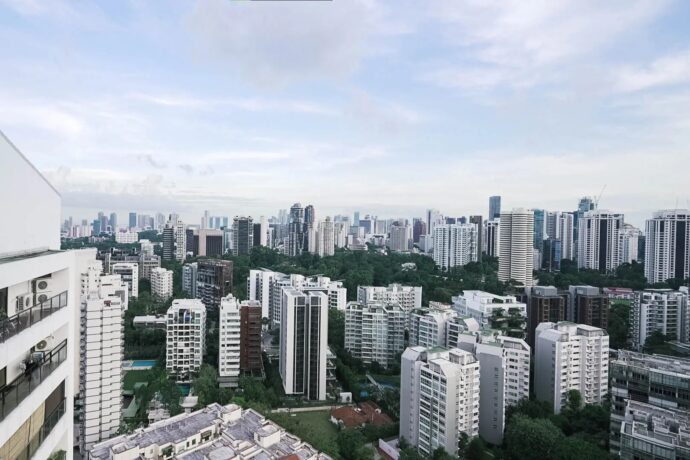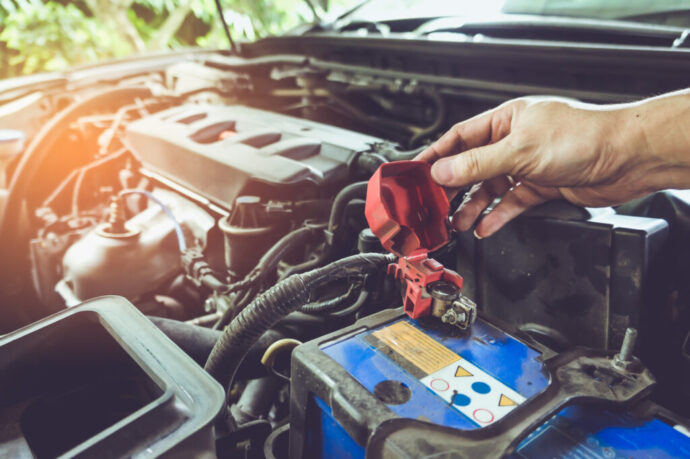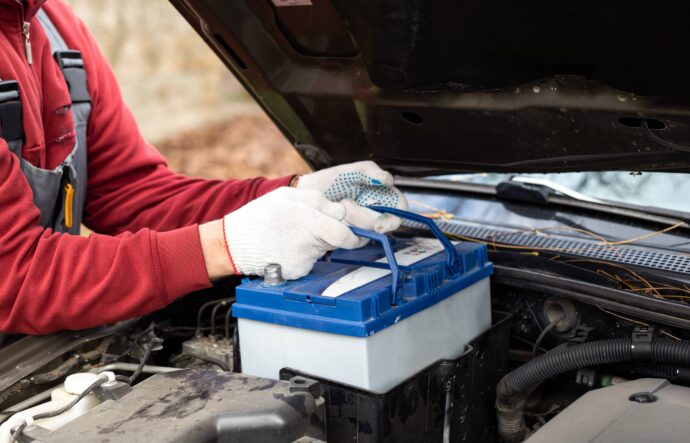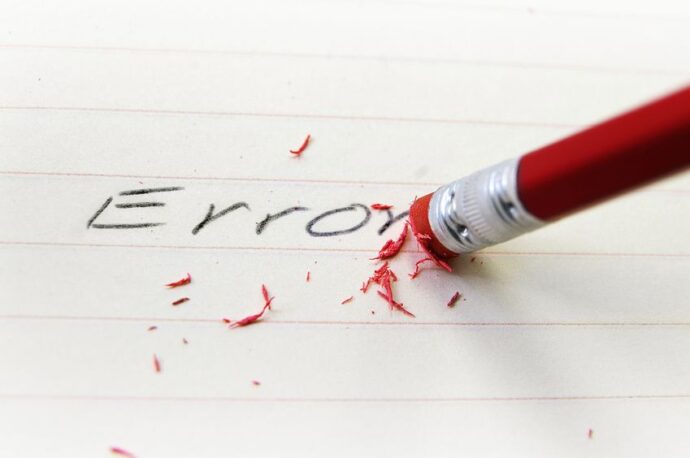Best Areas To Buy Property In Singapore Right Now
Singapore’s property market is shifting in subtle but meaningful ways. Buyers want connectivity, quieter neighbourhoods, and long term resilience in an environment where supply stays tight.
Anyone searching for the best areas to buy property in Singapore right now is really trying to understand which districts provide the strongest mix of lifestyle advantages and appreciation potential.
Some regions benefit from major MRT additions, others from master plan redevelopment, and a few from rising demand created by new residential clusters.
The table below breaks these areas down with a curated mix of insights, data points, and practical reasoning so buyers can align their preferences with real market conditions.
| Area | Why It Stands Out |
| Lentor | Rising modern enclave with MRT access, greenery focus, and strong long term growth outlook |
| District 15 (East Coast) | Coastal lifestyle, strong school network, steady rental demand, and TEL connectivity |
| Central Region (including Greater Southern Waterfront zones) | Prestige addresses, stable long term value, limited supply, and future redevelopment upside |
| Bukit Timah | Family friendly, top schools, greenery, and consistently strong value retention |
| Woodlands | Growing northern corridor with future cross border connectivity and emerging commercial hubs |
| Queenstown | City fringe convenience, proximity to One North, strong tenant demand, and modern renewal |
| Holland Village | Lifestyle driven precinct with dining culture, unique character, and high rental desirability |
Singapore Districts That Lead The Market Today

The most competitive districts often share a few structural advantages. Accessibility drives demand, especially when MRT expansion reshapes commuting routes. New town planning also plays a major role, creating neighbourhoods where parks, retail, and housing integrate more smoothly than in past development cycles. Buyers increasingly favour districts that offer a balance between calm surroundings and convenience to employment hubs.
Lentor precinct
The Lentor precinct has been developing into a modern, green focused residential cluster supported by the Thomson East Coast Line. Buyers who want a quieter district without sacrificing transport access find strong alignment here.
One of the main developments in this district is Lentor Gardens Residences. Its design philosophy emphasises greenery, privacy, and family comfort, reflecting the type of homeowner Lentor now attracts. With more amenities forming around the precinct, Lentor stands out as a district with long term growth potential.
District 15, long standing favourite in the East
District 15 has held buyer interest for decades because it blends coastal living with urban access. The East Coast lifestyle adds character that few districts can match, and the Thomson East Coast Line enhances its long term value by tightening travel times to the city. The district appeals to a wide demographic, from families prioritising schools to professionals seeking a relaxed yet connected environment.
Key factors shaping District 15 demand:
• Close access to beach, park connectors, and coastal recreation
• Strong food culture ranging from hawker classics to modern cafés
• Consistent rental demand, especially among expatriates
• Well regarded schools that drive long term homeownership appeal
These combined traits help District 15 stay resilient across market cycles, making it one of Singapore’s most dependable choices.
Central Region Opportunities For Long Term Buyers

The core central region attracts buyers who value prestige addresses and asset stability. Properties here benefit from heritage neighbourhoods, iconic views, and a short radius to Singapore’s financial and cultural districts.
While price points run higher, new launches continue to perform because supply is limited and global city positioning remains strong. Investors often view these units as long term anchors in a diversified portfolio.
Waterfront living and the Greater Southern momentum
The southern coastal districts are gaining attention as plans for the Greater Southern Waterfront progress. This transformation encourages renewed demand for housing near future lifestyle and commercial hubs.
In this context, Newport Residences fits naturally into buyer interest. Its city fringe waterfront positioning appeals to homeowners who want urban convenience paired with long term upside linked to national redevelopment plans.
Bukit Timah, evergreen for families and schools
Bukit Timah consistently stays near the top of buyer lists because it offers stability through strong fundamentals. Its landed enclaves, greenery, and school network create a long term appeal that rarely weakens even during slower market cycles. Homes here typically retain value well due to limited supply and sustained interest from families.
Did You Know?
The Bukit Timah Nature Reserve contains Singapore’s highest natural point and some of the richest biodiversity in the region, giving residents a unique proximity to wildlife and forested trails.
Bukit Timah also benefits from the Downtown Line, which simplifies commutes and connects residents to major commercial hubs. Investors appreciate the district for its reliable demand and its reputation as a premium residential zone.
Woodlands And The Rise Of The Northern Corridor

Woodlands is undergoing a multi year transformation shaped by upcoming cross border transport links and the strengthening of the Woodlands Regional Centre.
These shifts are pushing the northern region into a new phase of relevance for both homeowners and investors seeking growth potential at more accessible entry prices.
Here is a quick comparison of Woodlands’ evolving advantages:
| Area Feature | Why It Matters |
| Rapid Transit Link to Johor Bahru | Increases cross border movement and boosts economic activity |
| Regional commercial hub | Creates new jobs and drives rental demand |
| Mature amenities combined with new upgrades | Improves overall livability and buyer confidence |
This blend of infrastructure and affordability positions Woodlands as a strong contender for buyers focused on future appreciation.
Queenstown’s City Fringe Strength
Queenstown benefits from its geography, sitting between the CBD, One North, and mature estates that supply amenities and community infrastructure.
Years of urban renewal have introduced modern residential options characterised by greenery, walkability, and proximity to major work zones. Professionals in tech and research sectors routinely prefer Queenstown due to its convenience and rental desirability.
Fact: One North’s tech and biomedical hubs have been among Singapore’s fastest growing employment clusters, consistently pushing demand toward nearby housing districts such as Queenstown.
With limited land for new projects, the district’s resale and launch units tend to attract steady interest, making it a dependable choice for both owner occupiers and investors.
Holland Village And Its Lifestyle Driven Appeal

Holland Village remains one of the rare districts where character plays an essential role in buyer motivation. Its dining culture, boutique shops, and unique streetscape appeal to those who want something different from conventional residential zones.
This atmosphere makes Holland Village especially attractive to younger professionals, expatriates, and homeowners who see lifestyle value as part of their property choice.
The district also offers strong rental returns due to continuous tenant demand in its surrounding areas, including Farrer Road and Chip Bee Gardens.
The MRT connectivity ensures that residents enjoy both vibrancy and convenience. While prices in Holland Village trend higher, the limited supply and sustained demand support long term performance.
Choosing The Area That Fits Your Goals
Each district discussed here stands out for different reasons. Lentor and Woodlands offer growth potential driven by new development waves. Bukit Timah provides stability rooted in prestigious schools and greenery. District 15 draws buyers with its coastal identity and maturing transport network.
Central regions deliver prestige and limited supply value, strengthened by waterfront transformation plans. Meanwhile, Queenstown and Holland Village appeal to those who want lifestyle flair paired with strong connectivity.
The best choice depends on whether buyers prioritise appreciation, stability, schools, connectivity, or lifestyle. Singapore’s diversity of districts makes it possible to match property decisions with personal and financial goals, allowing homeowners to invest with confidence in a market known for long term strength.



















































